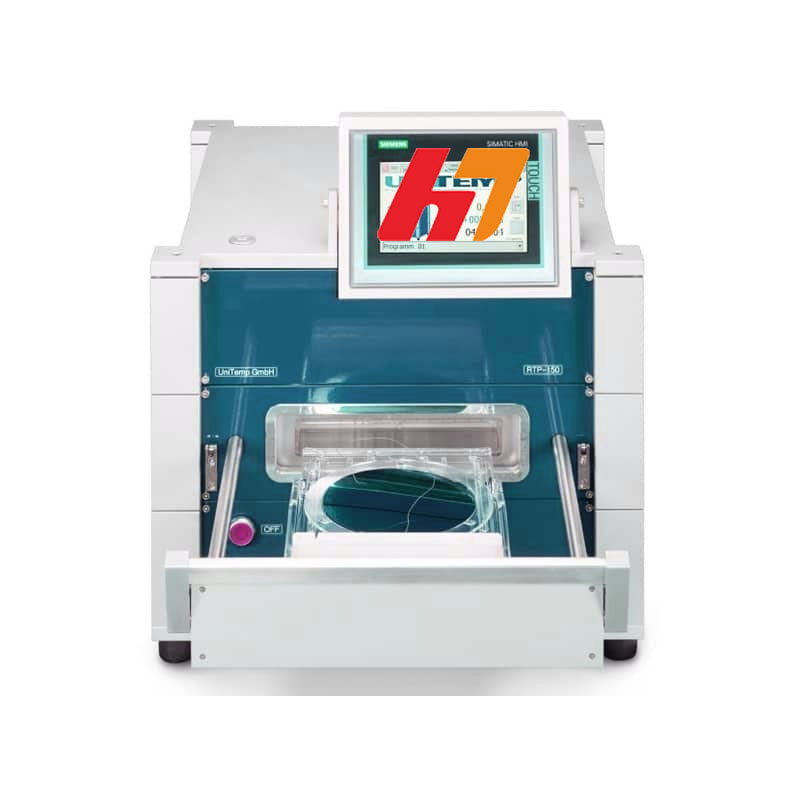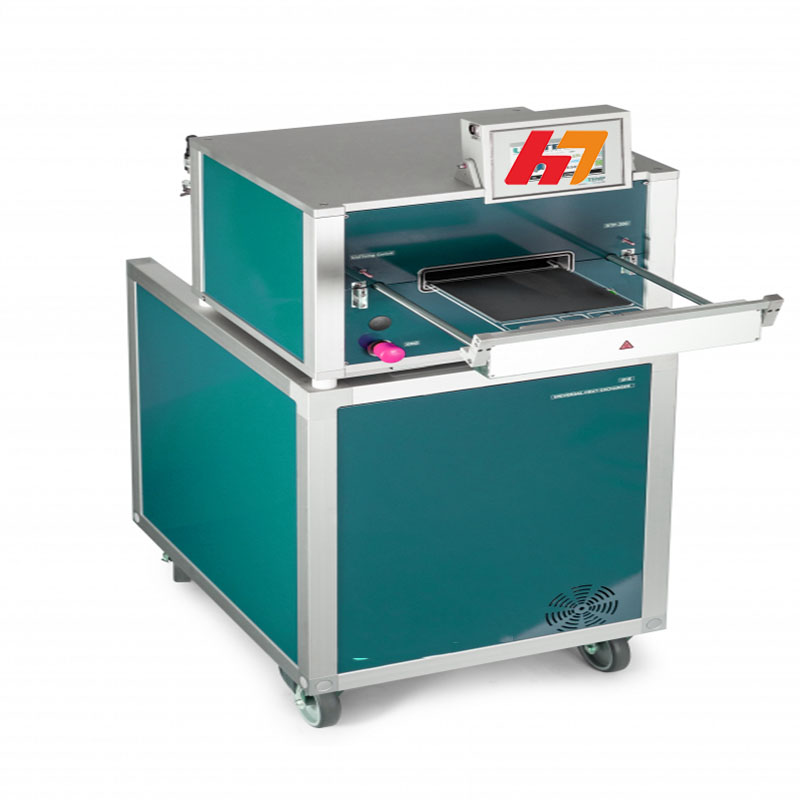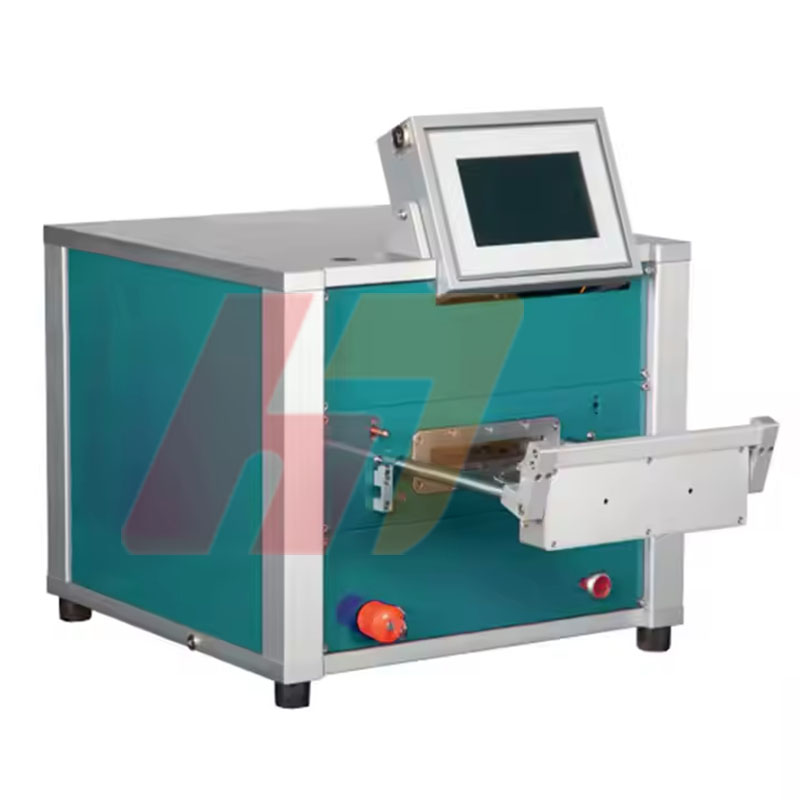-
Telephone:+0086-371-6376-8262Telephone:+0086-371-6376-8385
-
wechat:abcdefg
-
-
Email:ht@ovenfurnace.com


Main Applications of RTP Rapid Thermal Processing Furnace
Rapid Thermal Processing (RTP) furnaces have revolutionized high-temperature material processing across various industries with their ability to achieve precise thermal cycles in extremely short timeframes—typically ranging from seconds to minutes. By combining rapid heating and cooling rates with tight temperature control, these advanced systems minimize thermal budget and reduce unwanted diffusion, making them indispensable in applications where material integrity and process precision are critical. Below are their key applications across major sectors:


(RTP/RTA) Rapid Thermal Processing Furnace RTP-100-HT Rapid Thermal Process Furnace
1. Semiconductor Manufacturing
The semiconductor industry stands as the primary beneficiary of RTP technology, where it plays a pivotal role in fabricating high-performance integrated circuits (ICs):
Ion Implantation Annealing: After ion implantation—a process that introduces dopants into silicon wafers to modify their electrical properties—RTP furnaces perform rapid annealing. This step activates the dopants while repairing lattice damage caused by implantation, ensuring optimal conductivity without excessive dopant diffusion.
l Thin-Film Formation: RTP enables controlled oxidation and nitridation of silicon surfaces to form high-quality dielectric films such as SiO₂ (silicon dioxide) and Si₃N₄ (silicon nitride). These films are essential for insulating layers and gate dielectrics in transistors.
l Silicide Formation: By rapidly heating metal layers (e.g., titanium, cobalt) deposited on silicon, RTP promotes the formation of low-resistance metal silicides. These silicides enhance electrical contacts in semiconductor devices, improving performance and reliability.
l Post-Deposition Treatment: For films deposited via techniques like CVD (Chemical Vapor Deposition) or PVD (Physical Vapor Deposition), RTP refines crystallinity, reduces defects, and enhances adhesion—critical for advanced node devices (e.g., 7nm and below).
2. Photovoltaic (Solar Energy) Industry
In solar cell manufacturing, RTP furnaces contribute to boosting energy conversion efficiency and reducing production costs:
l Emitter Formation: For crystalline silicon solar cells, RTP facilitates precise dopant activation in the emitter layer, optimizing light absorption and charge carrier separation.
l Passivation Layer Annealing: Thin films like aluminum oxide (Al₂O₃) or silicon nitride (Si₃N₄) are annealed using RTP to form effective surface passivation layers, minimizing electron recombination and improving cell efficiency.
l Thin-Film Solar Cell Processing: In technologies such as CIGS (Copper Indium Gallium Selenide) and PERC (Passivated Emitter and Rear Cell), RTP enhances film crystallinity and uniformity, directly impacting power output.
3. Compound Semiconductors and Optoelectronics
RTP is vital for processing compound semiconductors (e.g., GaAs, InP, GaN) used in high-frequency electronics and optoelectronic devices:
l Defect Reduction: Rapid thermal annealing reduces point defects and dislocations in compound semiconductor wafers, enhancing material quality for applications like 5G RF chips and laser diodes.
l Activation of Dopants: In GaN-based devices (e.g., LEDs and power electronics), RTP activates p-type dopants (e.g., magnesium) to achieve efficient current injection and light emission.
l Epitaxial Layer Annealing: Post-epitaxy RTP treatments improve the crystal quality of thin films grown on substrates, critical for high-performance optoelectronic components.
The unique advantages of RTP—rapid thermal cycles, minimal thermal budget, and precise atmosphere control—make it irreplaceable in modern manufacturing. As industries push toward smaller, more efficient, and higher-performance devices, RTP technology continues to evolve, enabling innovations in semiconductors, renewable energy, and advanced materials.
Whether in mass production or cutting-edge research, RTP furnaces remain a cornerstone of high-precision thermal processing, driving progress across technology frontiers.